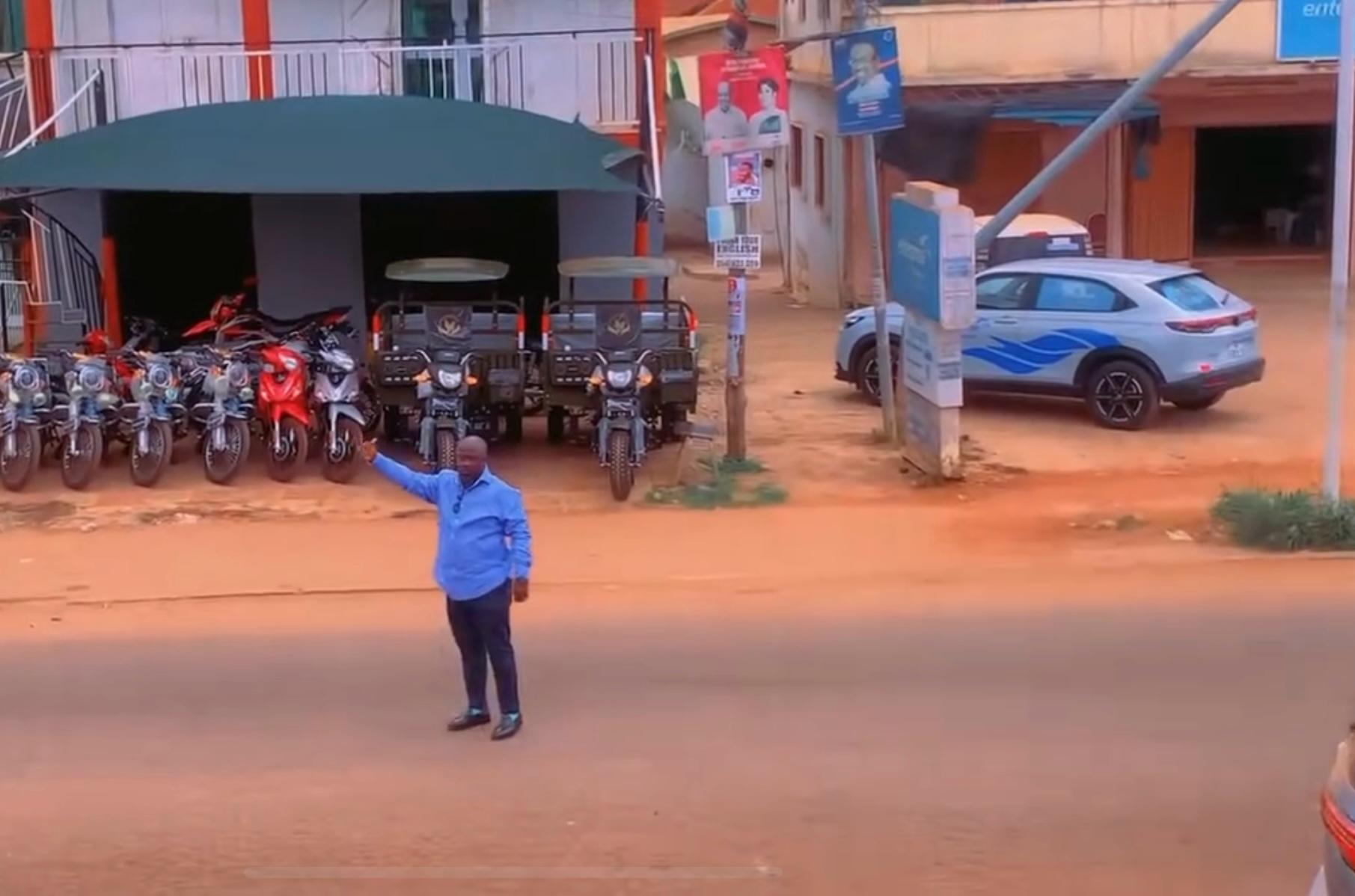

A police officer who saw a sergeant fatally shoot a mentally ill woman in her Bronx apartment testified Monday that the woman never swung a baseball bat she held in her hands at the sergeant, as he later asserted.
The officer, Camilo Rosario, was next to Sgt. Hugh Barry when he fired twice at Deborah Danner, 66, in her apartment on Oct. 18, 2016.
Rosario was the only one of the five officers present who had a clear view of the fatal encounter, according to the testimony of the other officers.
Barry, 31, was indicted last year on several charges, including murder, and is on trial in state Supreme Court in the Bronx.
Moments before Danner was shot, Rosario said, Barry decided to take her into custody after she refused to drop a pair of scissors. She was threatening to fight the police if they entered her bedroom, where she sat on her bed.
The officer said Barry had one foot in the room and was standing in the doorway, his back to the hinges, when Danner reached to her right and grabbed a 32-inch bat, which she raised up to her shoulder, waggling the end as if getting ready to hit something.
Barry drew his pistol and ordered her to “drop it, drop the bat please, ma’am,” Rosario said. Then Danner stood and took a step toward Barry with her left leg. He stood 4 to 5 feet away from her.
“At any point did she swing?” the lead prosecutor, Wanda Perez-Maldonado, asked. “No,” the officer replied.
“At any point did she try to hit Sgt. Barry in the head?” the prosecutor said. “No,” Rosario said.
The question of whether Barry had reason to fear for his life is at the heart of the defense, and Rosario’s testimony contradicted the opening statement from Barry’s lawyer, who said Danner was swinging hard at the sergeant’s head when he fired.
But Rosario’s testimony was also at odds with some of the testimony of the emergency medical technicians who were in the apartment and who said Barry did not try to talk to Danner before moving in to subdue her.
Rosario and the other four officers who testified said Barry had spent a few minutes calmly trying to persuade Danner to lay down the scissors before he decided to forcibly take her into custody.
Danner was a paranoid schizophrenic woman who had been hospitalized at least 10 times. The police had been called twice before to her seventh-floor apartment at 630 Pugsley Ave. in the Castle Hill neighborhood to help emergency medical technicians take her to a hospital.
The trial has cast a spotlight on the protocols the police are supposed to follow when dealing with the mentally ill. The shooting of Danner drew condemnations from Mayor Bill de Blasio and Police Commissioner James P. O’Neill, who said Barry had not followed the department’s protocol for safely containing a distraught, mentally ill person.
One question facing the state Supreme Court justice trying the case, Robert A. Neary, is whether Barry had exhausted other options for safely containing Danner, or should have waited for specially trained officers from the Emergency Service Unit to arrive.
Barry waived his right to a jury, opting for a bench trial. A grand jury charged him with murder, manslaughter, involuntary manslaughter and criminally negligent homicide, each charge having slightly different elements.
Barry’s lawyer, Andrew C. Quinn, said in his opening statement that his client had acted in self-defense. He has said Danner was swinging a bat at Barry’s head with enough force to kill him and he was unable to retreat because of the officers behind him. Any mistakes the police made in handling the situation before that moment do not matter, since an officer, or any citizen, has a right to defend his own life with lethal force, Quinn has said.
Two emergency medical technicians and five police officers have testified over the past two days of trial, giving differing accounts of what happened. It is not unusual for witnesses to a shooting to remember things differently, though in this trial, some of the inconsistencies have been striking.
The medics, Britney Mullings and Patrick Moore, both testified that Mullings had gone into the apartment and was speaking with Danner, calming her down, when Barry and his driver arrived. Both medics said the sergeant had never spoken to Danner, and the police had moved to subdue her while Mullings was still talking to her. Both remembered one of the officers saying “Ready!” before they moved as a group toward Danner’s bedroom.
But four of the officers who were present testified that the EMTs had never entered the apartment.
Rosario, who had initially taken the lead in talking to Danner, testified that Mullings did come into the apartment and tried for a time to cajole Danner into laying down the scissors. He said Danner had come out of her bedroom and was holding the scissors like a dagger when Mullings spoke to her.
But then, he said, the sergeant arrived and Mullings retreated to the front door of the apartment while Danner hurried back into her bedroom. Camilo said he had explained to Barry that Danner had the scissors and was refusing to go to the hospital. The sergeant nodded, said “OK,” and took over talking to Danner, who continued to insist that the police leave her apartment, he said.
Minutes later, however, he and Barry conferred and decided “we are just going to have to go cuff her.” Then Barry said: “Let’s go into the room.”
This article originally appeared in The New York Times.
A police officer who saw a sergeant fatally shoot a mentally ill woman in her Bronx apartment testified Monday that the woman never swung a baseball bat she held in her hands at the sergeant, as he later asserted. Read Full Story







![Donald Trump booed at Club World Cup final as Chelsea beat PSG 3-0 [Video]](https://sportal365images.com/process/smp-images-production/pulse.com.gh/14072025/82ffe328-1931-4bab-a485-663d2be4b032.png)

Facebook
Twitter
Pinterest
Instagram
Google+
YouTube
LinkedIn
RSS